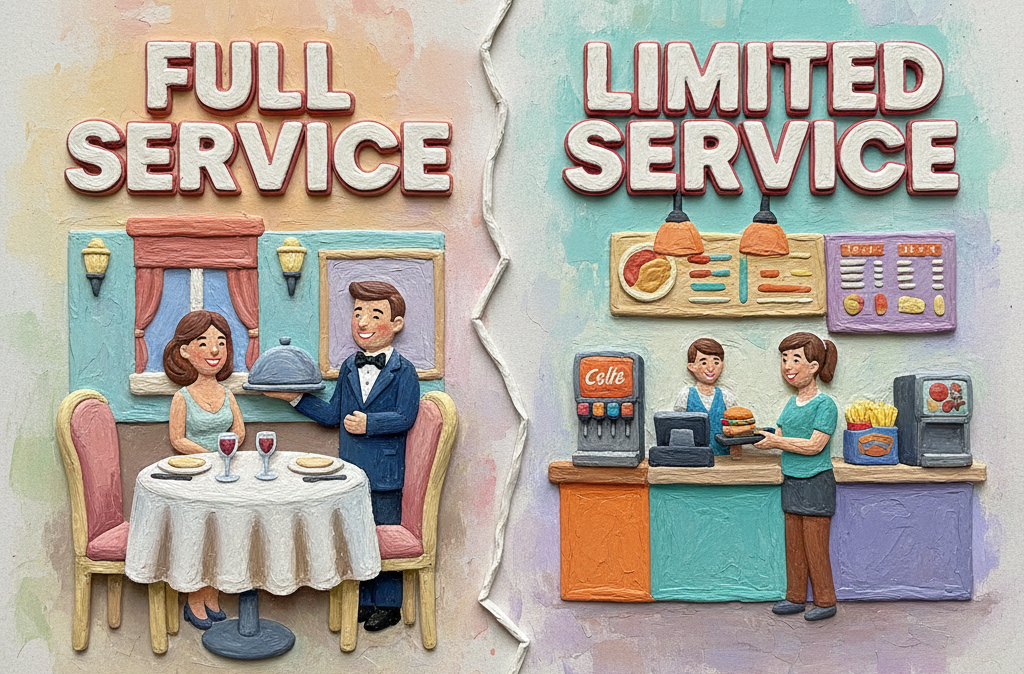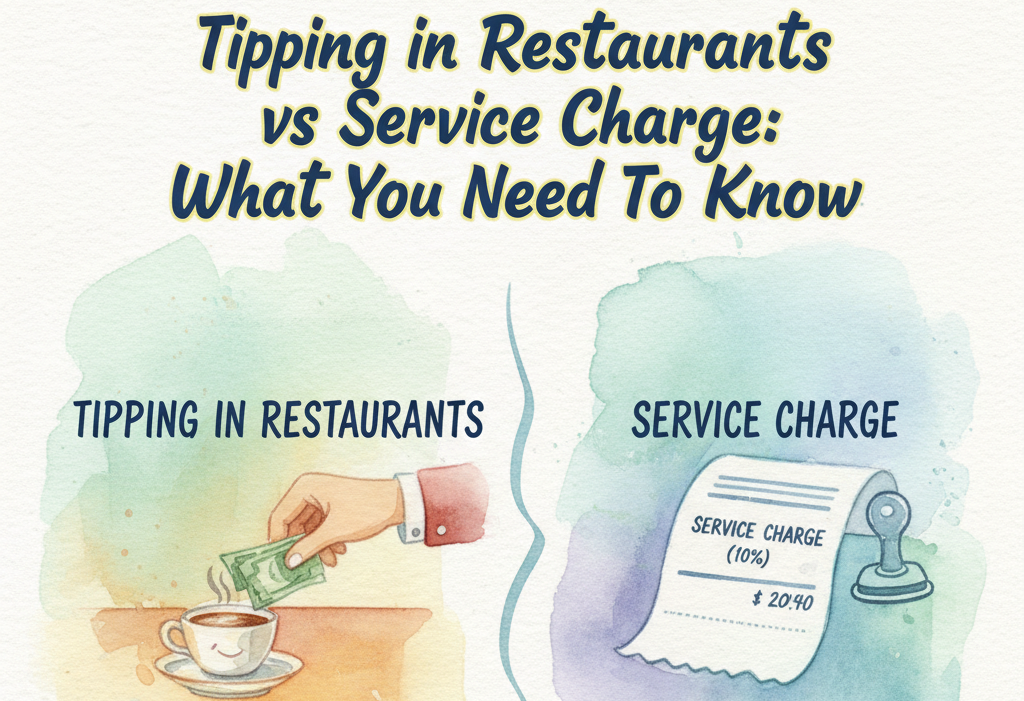The biggest disappointment that you can face is having fewer customers during the holiday season. This is the time when you can expect more customers in your restaurant but still, you aren’t able to increase your sales. Table turnover rate could be a major metric that you need to look into. In this post, you’ll learn about the meaning and significance of table turnover rate, how to calculate it, and the impact of a high or low rate on your restaurant’s efficiency. We’ll also explore key metrics like average table turnover rate and turnover percentage. Finally, we’ll introduce how the EasyEat POS system’s features, such as QR ordering, faster payments, data analytics, and efficient table bookings, can help boost your restaurant’s turnover rate.
Meaning of Table Turnover Rate
The Table Turnover Rate refers to the frequency with which the tables are occupied at a specific time by the customers. It will help you in measuring the efficiency of your restaurant. If the table turnover rate is high then it means that your restaurant tables are occupied for less time and more customers are being served and low table turnover rate means that the tables are being occupied for a longer time and fewer customers are being served because of this.
Table Turnover Rate Formula
It can be calculated by = Number of Guests Served/ Number of Tables
This formula will help you find out if you’re utilizing the capacity of your restaurant efficiently or not. You can measure this in time intervals or dining shifts.
Average Table Turnover Rate And Table Turnover Percentage
It is the mean rate at which tables are turned over for a specific period. Calculating this metric will help you compare your growth with other restaurants as well as your past performance.
Table Turnover percentage refers to the guests that are served divided by the total tables expressed in percentage.
Table Turnover Percentage = (Number of customers/ total tables ) *100
How EasyEat Can Help You Increase The Table Turnover Rate of Your Restaurant?
QR Ordering and Processing
Customers will be able to place orders by scanning the QR codes placed on their tables. They can choose the items they want to order. The orders will straightly go to the kitchen. The whole process becomes swift as there won’t be any staff waiting to take orders from each table separately. The customers will also be able to add special instructions in it that will save a lot of time in explaining them to the waiters.
Faster Payments
If there is a group of customers occupying a table, then they will take more time to vacate the table especially, during the time of bill splitting. But with EasyEat’s POS system, they don’t have to scratch their heads while calculating the cost per head as it will be easily done by it.
Data Analytics
You can analyze the peak hours and most preferred days with end-of-day restaurant reports. This will help you stay prepared for their arrival. You can even find out about the most preferred dishes and ask your chefs to prepare the dishes accordingly so that your guests don’t wait for a very long time to get their orders.
Table Bookings And Waitlist Management
With EasyEat’s user app, your customers will be able to book tables as early as 30 days and they can also mention any specific requests they have regarding the bookings. This will reduce the wait times for them and you can accommodate them on tables efficiently. This will help you stay prepared for their arrival and they will be satisfied with your quick service too.
You have just learned about the table turnover rate which could be a hindrance to your success. It is a metric that measures how often tables are occupied by customers within a specific period, impacting restaurant efficiency. A high turnover rate indicates quick table turnover and more customers served, while a low rate suggests longer occupancy and fewer customers. It’s calculated as the number of guests served divided by the number of tables. EasyEat’s POS system enhances table turnover through QR code ordering, expediting order placement and reducing wait times. Faster payments streamline bill settlements, data analytics optimize peak hours and popular dishes, and efficient table bookings with waitlist management ensure better customer accommodation and service.



